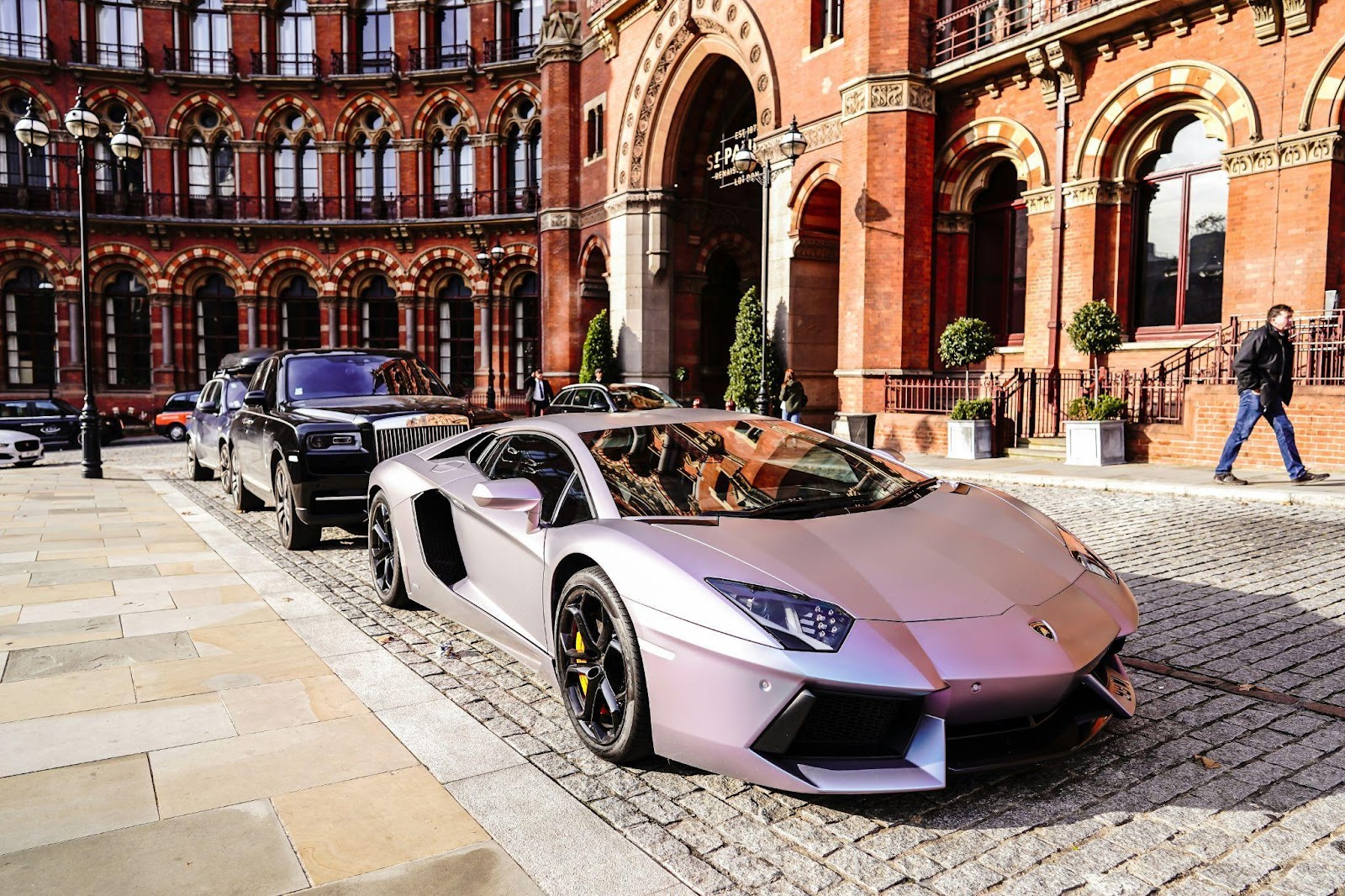As inflation continues to rise, we are witnessing a significant transformation in how consumers allocate their budgets, particularly when it comes to everyday luxuries. With prices climbing, it’s crucial to understand not just the economic stats but also the profound effect on our buying habits.
Many households, for instance, are investing in home coffee machines to recreate the café experience without the daily expense. This small shift represents a broader move toward comfort-driven practicality, seeking indulgence that also makes financial sense.
At the same time, categories like Port Wines reflect how consumers continue to value quality and tradition, even amid tighter budgets. By examining the shift in consumer priorities and the growing influence of sustainability, we gain insights into an evolving landscape where luxury spending intersects with practicality.
Understanding Inflation and Its Impact
The Rise of Consumer Prices
Inflation has surged in recent years, reshaping the way we view our spending. According to the Consumer Price Index, recent data highlights substantial price increases across various sectors, from food to transportation. As consumers, we’re feeling the pinch in our wallets, and that forces us to reconsider our priorities.
Effects on Disposable Income and Spending Power
With wages not always keeping pace with rising prices, disposable income has effectively diminished. For many of us, this translates into tougher choices about how we spend our money. We may find ourselves reconsidering that extra latte or that new pair of shoes, weighing each purchase against its value in today’s economy.
Shifts in Consumer Priorities
Emerging Trends in Everyday Luxury Purchases
In response to inflation, we’re increasingly drawn to redefining what luxury means. Instead of splurging on high-end brands, many of us are opting for affordable indulgences, items that offer a sense of luxury without the hefty price tag. The rise of various subscription services has also allowed us to enjoy small luxuries regularly.
Increased Demand for Affordable Luxuries
Brands that focus on affordability and accessibility are seeing a significant uptick in demand. Items like artisanal chocolates, skincare products, or even well-crafted home decor are becoming popular as they provide a touch of luxury without being very costly. This shift reflects a broader consumer desire to maintain some level of indulgence, even under economic constraints.
The Role of Sustainability in Luxury Spending

How Brands Are Adapting to Changing Consumer Behavior
Sustainability is at the forefront of many consumers’ minds today. We’re increasingly aware of the environmental impact of our purchases, which has led brands to adapt strategies to appeal to our desire for ethically produced goods. Many luxury brands are launching eco-friendly lines, appealing to our growing importance placed on responsible consumption.
Innovative Marketing Strategies for Everyday Luxuries
Brands are incorporating transparency into their marketing, showcasing sustainable practices and ethical sourcing. This resonates with us: it’s not merely about the product anymore, but the story behind it. We want to feel connected to our purchases, knowing they align with our values.
Future Outlook: Consumer Spending Trends Post-Inflation
Potential Recovery of Consumer Confidence
As we look toward the future, we may see an eventual recovery in consumer confidence. Marketers are optimistic about a resurgence in spending, especially as inflation stabilizes. Consumers, while cautious, are likely to return to their previous spending patterns, albeit with a new awareness that could lead to more thoughtful purchases. This discussion is rooted in data from reputable sources, such as the Bureau of Labor Statistics, which provide a comprehensive view of recent economic trends.
